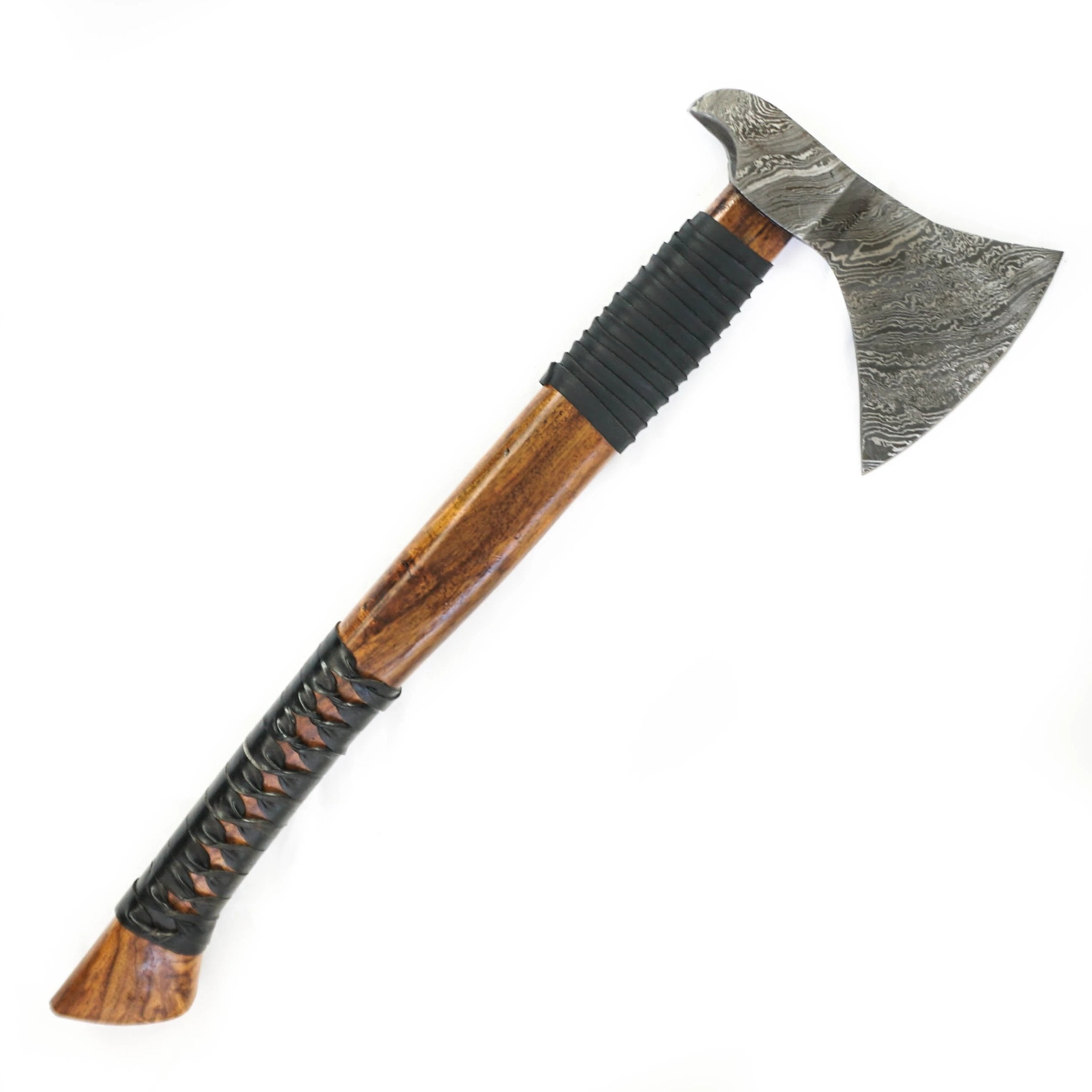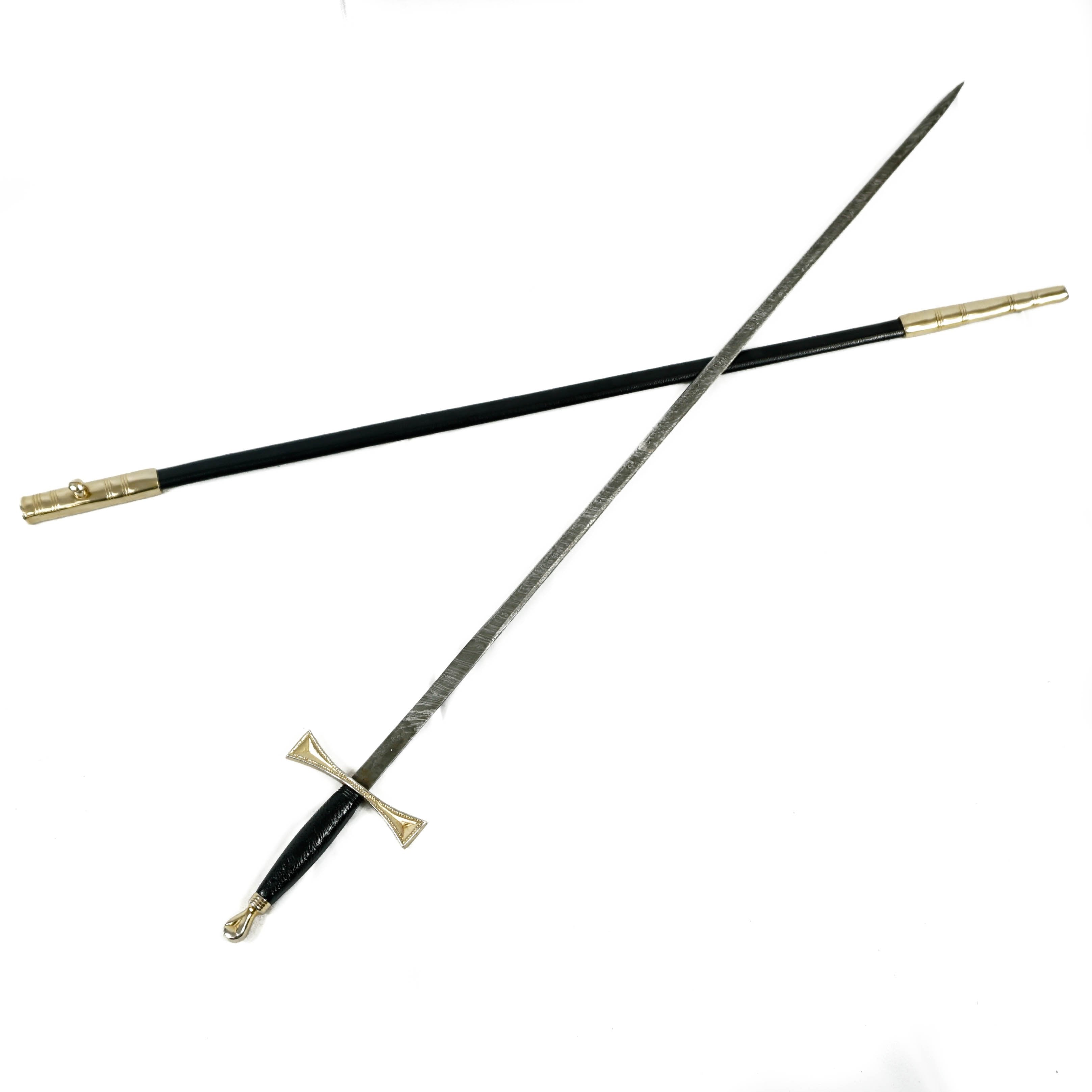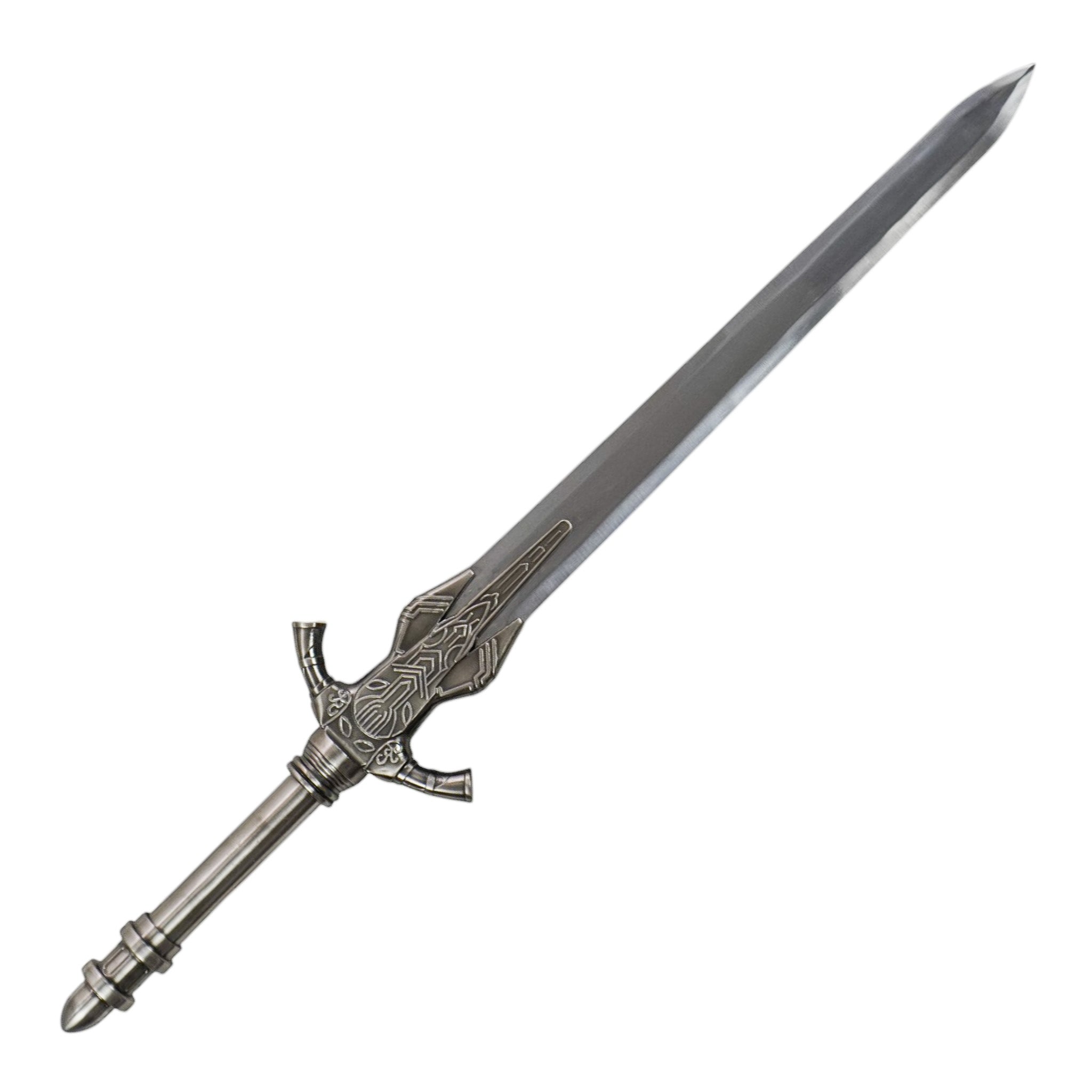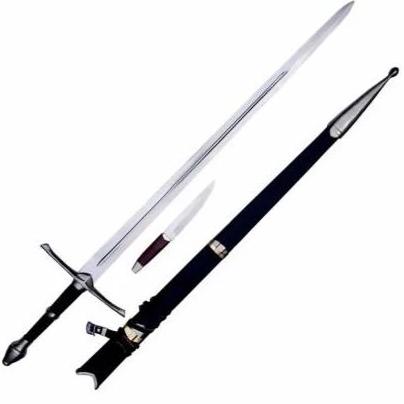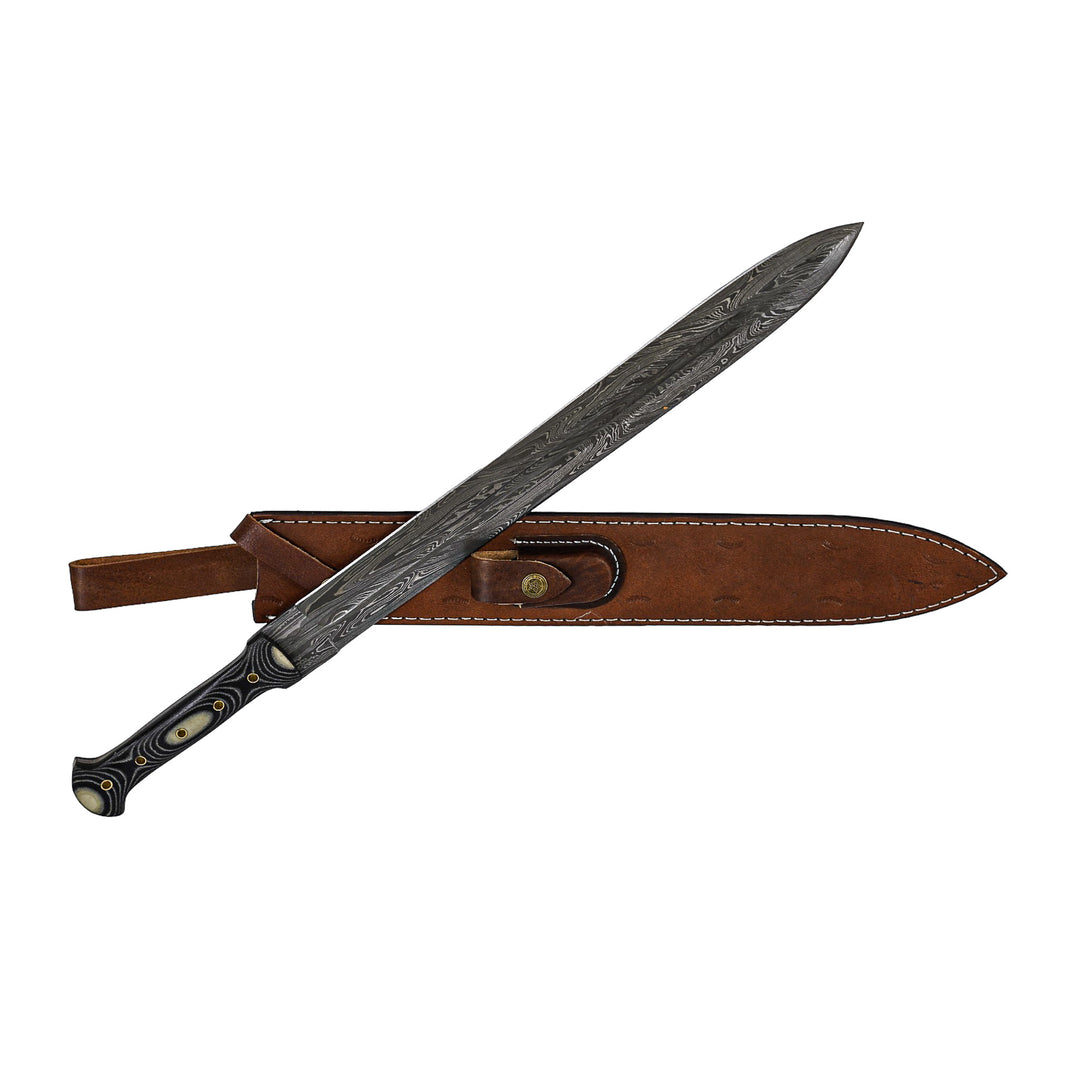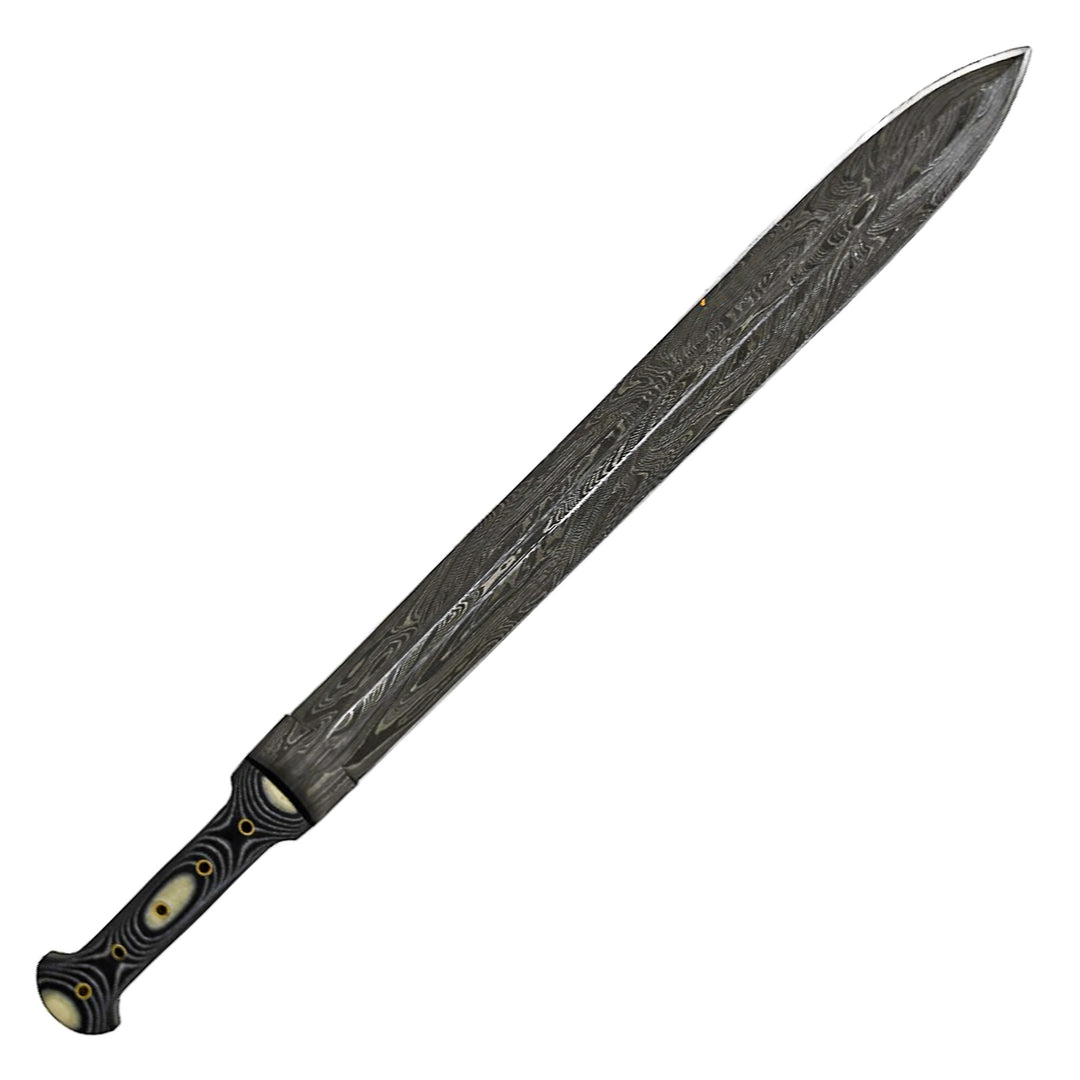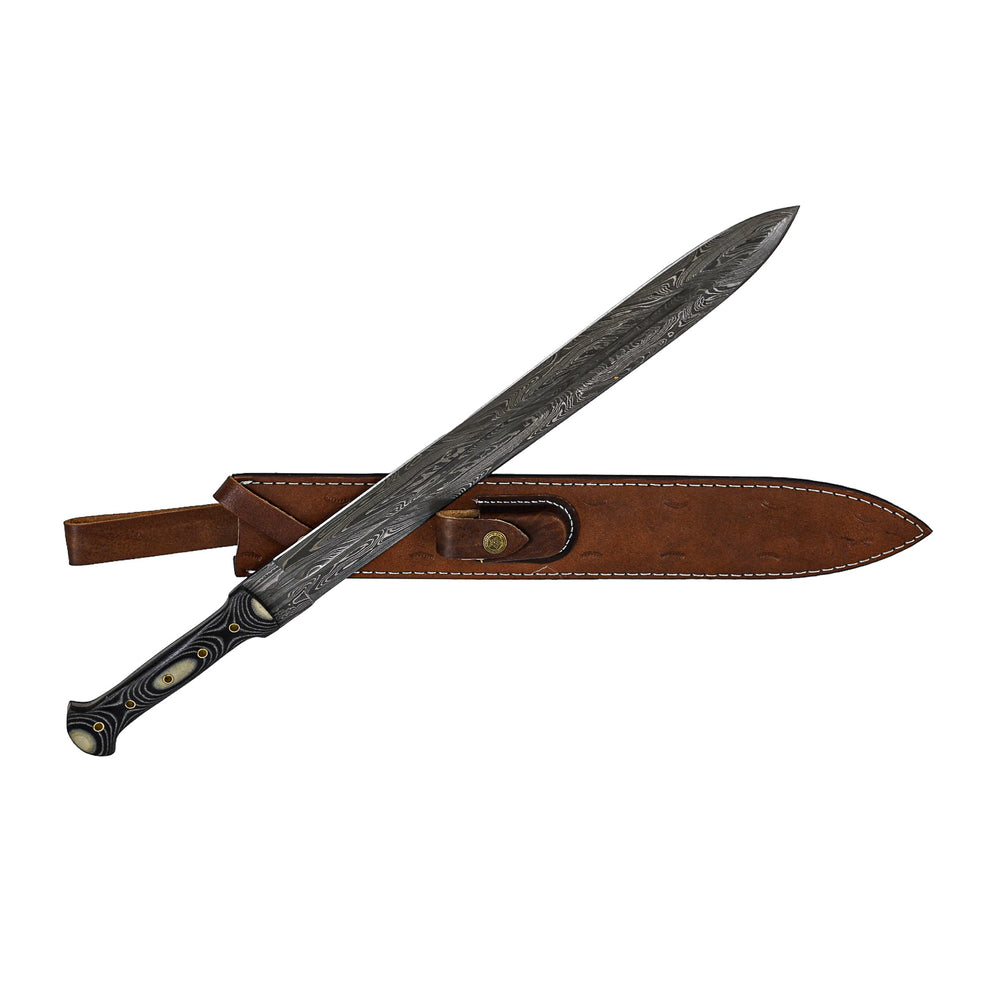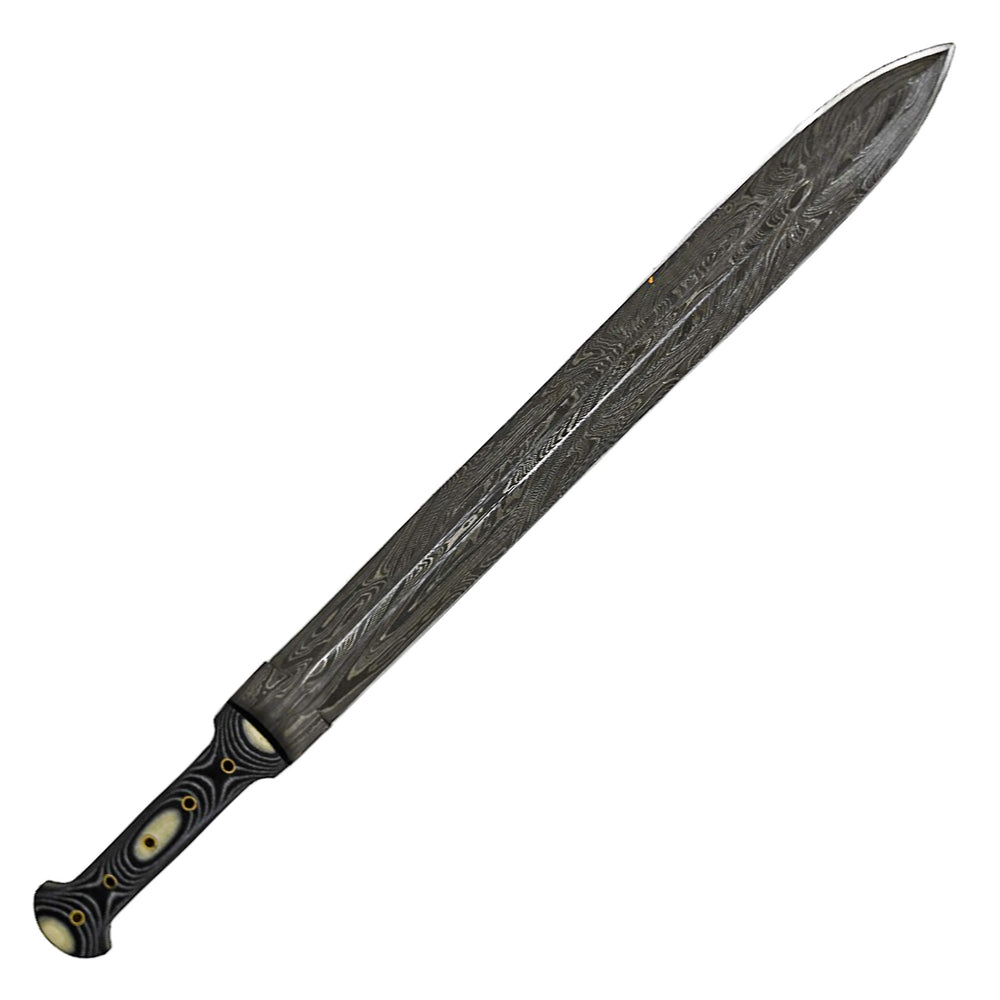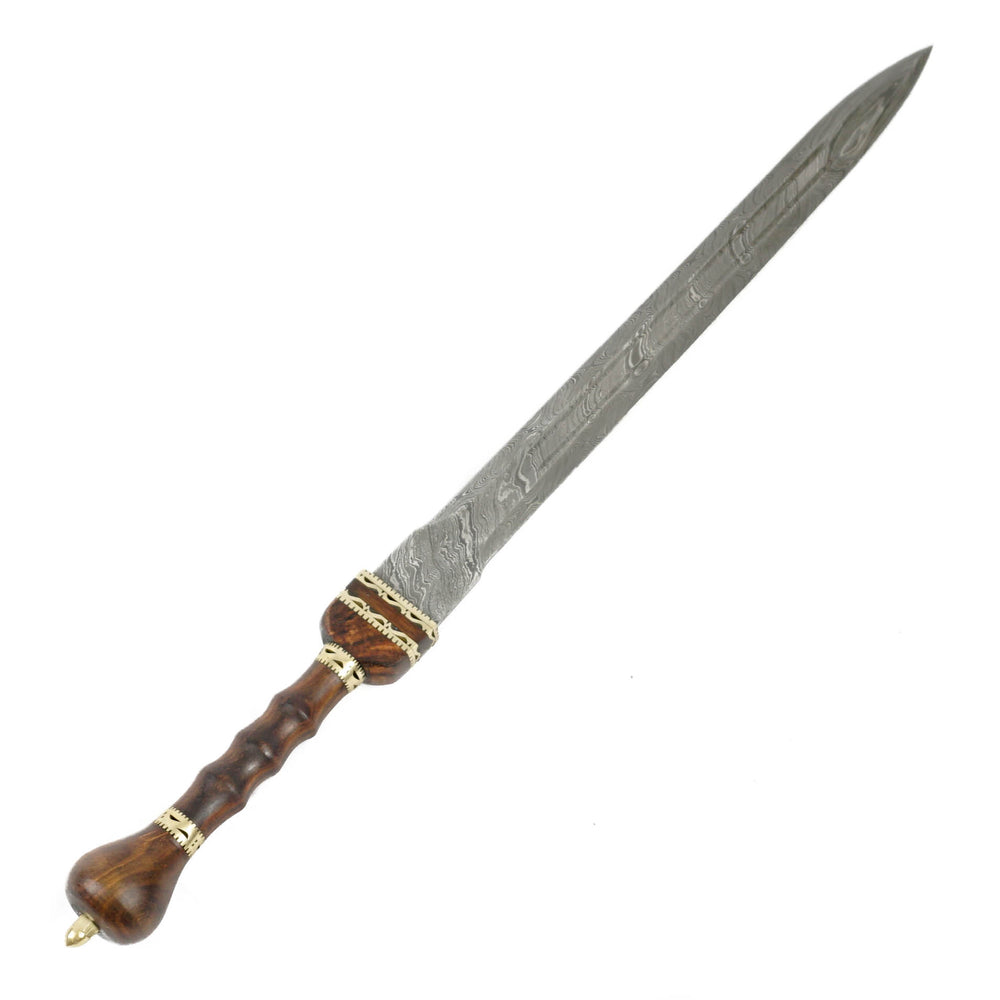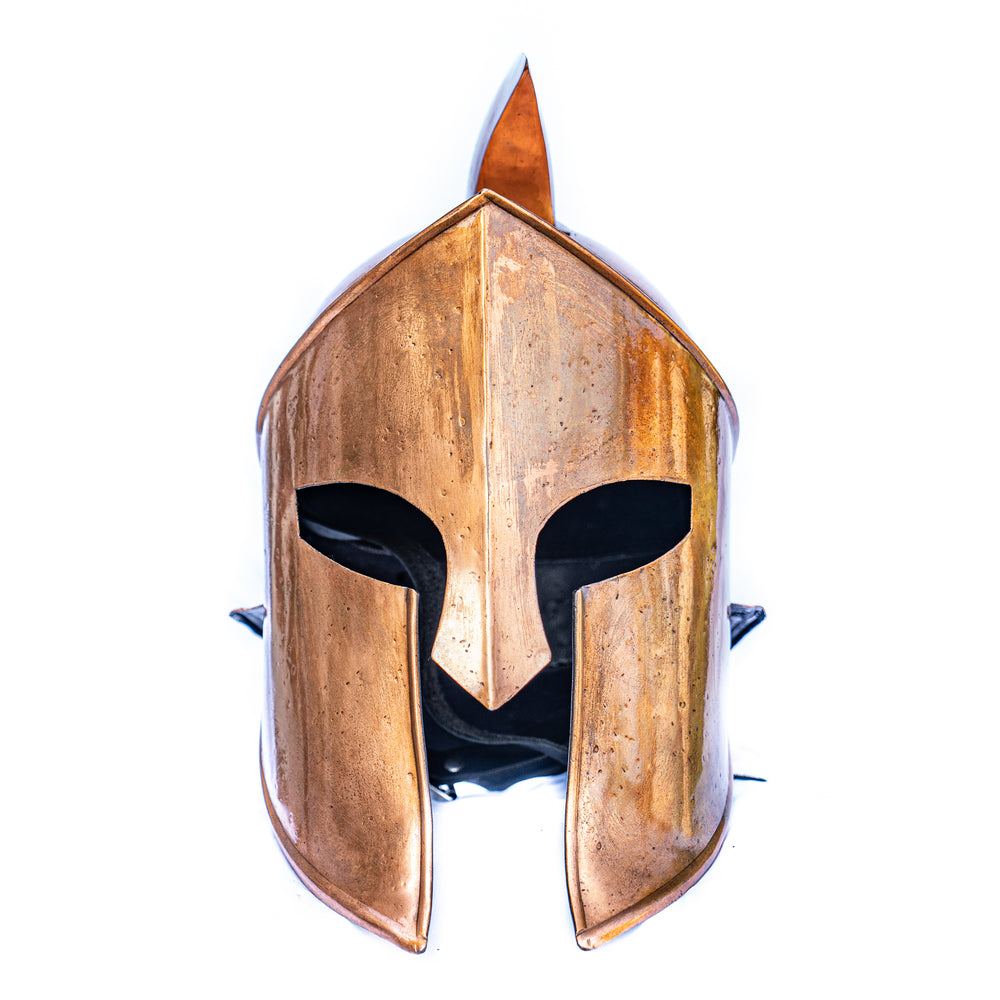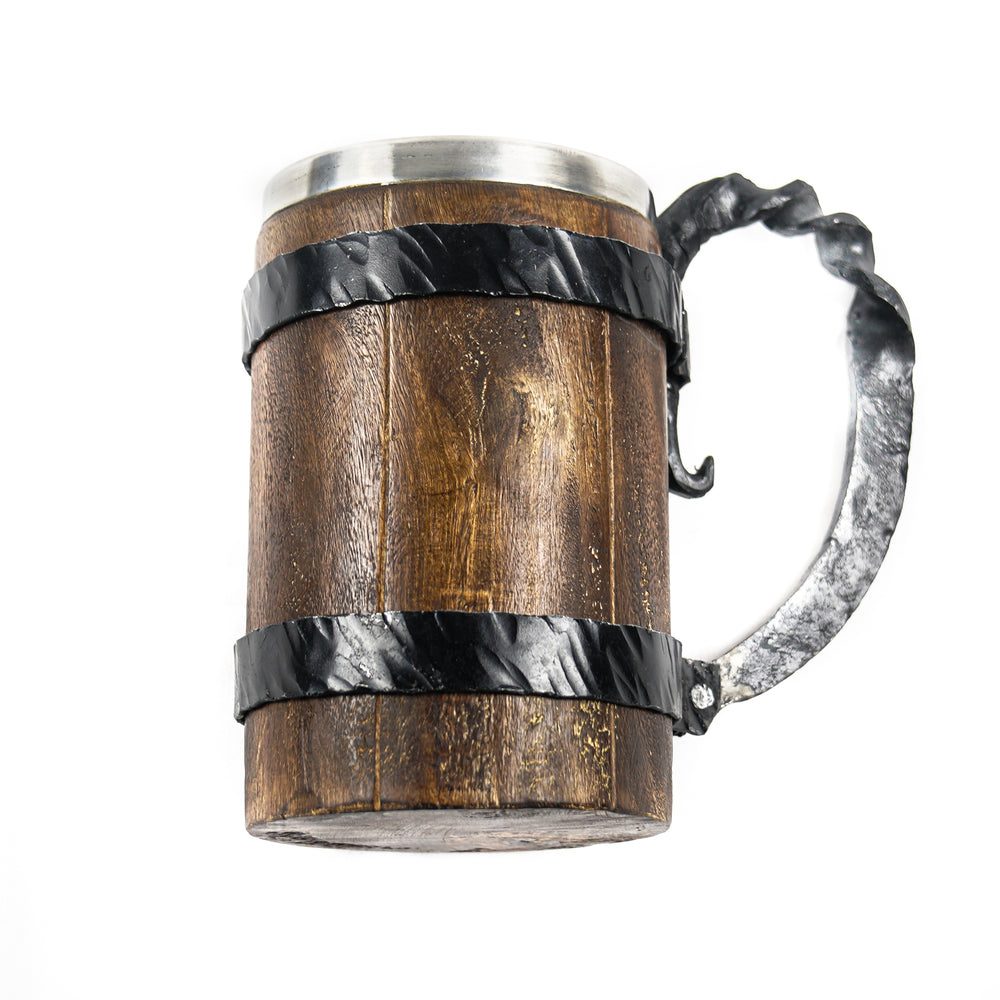Xiphos Sword: The Ancient Greek Combat Essential
Rekindle the valor of the Ancient Greek infantry with the Xiphos sword, a symbol of combat expertise and a testament to Greek martial artistry.
Signature Characteristics
- History & Use: As the principal short sword of the hoplites, the xiphos was wielded by the formidable warriors of Ancient Greece. Primarily used when the spear - the primary weapon in formations like the phalanx - was rendered ineffective, the xiphos was the hoplite's reliable sidekick in the thick of battle. Designed to slash and thrust with equal prowess, it was indispensable in close combat scenarios.
- Design Origin: With roots possibly tracing back to Greece's Bronze Age, the xiphos underwent multiple design evolutions. However, by the Classical Greek era, it had become a standardized sidearm.
Blade Essence
- Material: This xiphos boasts a blade crafted from Pattern-welded Damascus steel, known for its durability and sharpness.
- Construction: With 11 individual steel pieces, folded meticulously five times, the blade showcases 352 distinct layers.
- Performance: A Rockwell hardness rating of 55-56 HRC ensures that the sword remains sharp, yet flexible. The 1095 steel variant, known for its high carbon content, guarantees an edge that's razor-sharp while offering the resilience essential for combat.
- Hilt: Designed for a comfortable and sturdy grip, the hilt is forged from micarta, accentuated by brass bolsters.
- Protection: A finely crafted leather sheath accompanies the sword, ensuring both safety and aesthetic appeal.
Blade Layering Details
- Damascus Steel Composition:
- Carbon Steel: 6 Layers (#43 and #40)
- High Carbon Steel: 5 Layers (1095)
- Layering Sequence:
- 1st Fold: 22 Layers
- 2nd Fold: 44 Layers
- 3rd Fold: 88 Layers
- 4th Fold: 176 Layers
- 5th Fold: 352 Layers
Xiphos Sword: Relive ancient history with this 22" High Carbon Damascus Steel Sword, an ode to Greek warfare and craftsmanship. Ideal for historians, collectors, and martial arts enthusiasts.
You may also like
Recently viewed

